Russia to inject more money in aquaculture
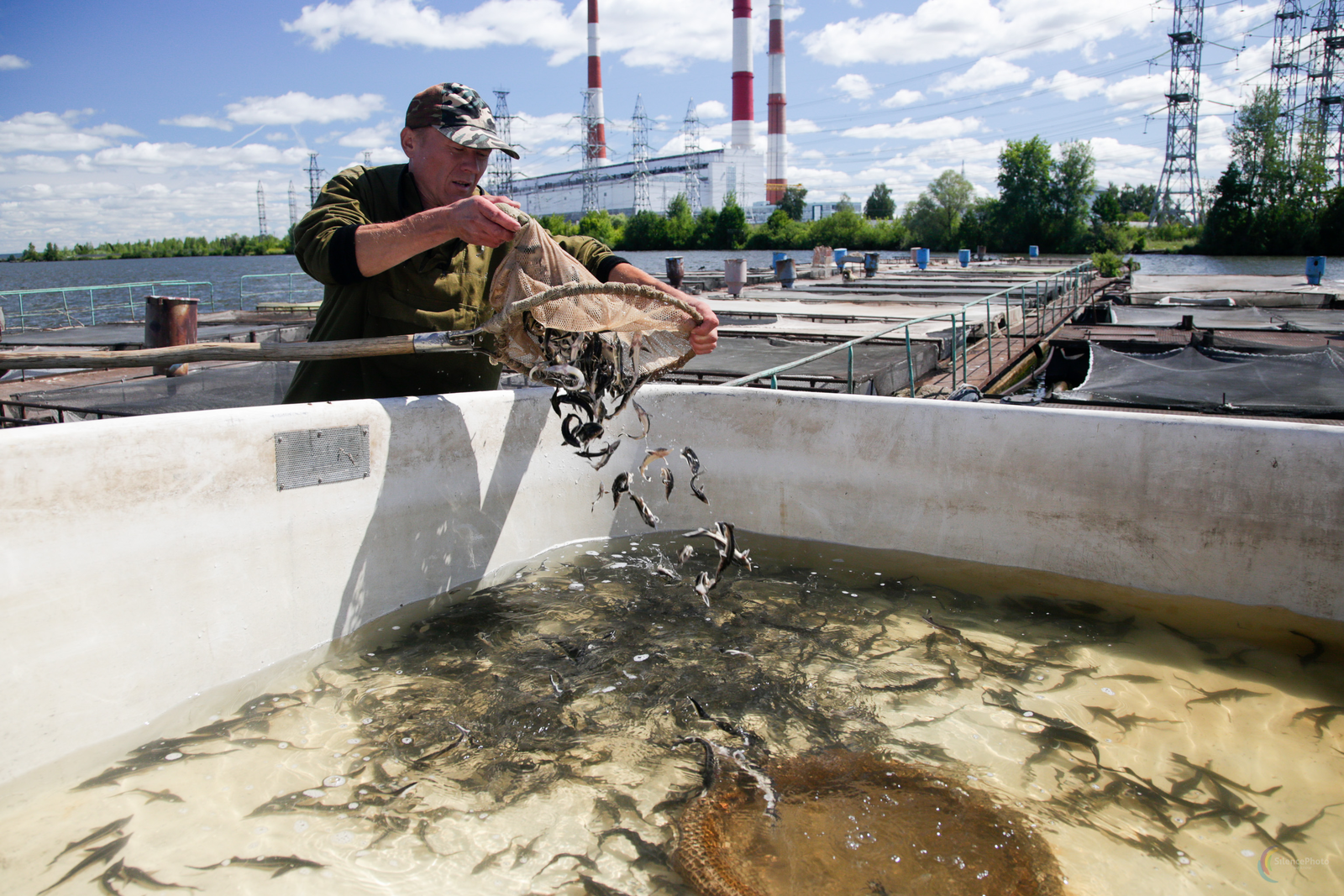
The Russian government is about to increase its domestic aquaculture production from 150,000 tonnes in 2015 to 410,000 tonnes by 2020. This is mainly possible due to the state support of nearly RUB3 billion (US$50 million).
The increase in the Russian aquaculture sector is fuelled by the food embargo, introduced by Russia in August 2014. The prohibition amongst others involves Norway, which traditionally has been the largest supplier of fish to Russia. “Our main goal now is to determine the direction of the development of the fish farming industry. This will not only provide additional funding, but will also ensure additional growth of production and form the basis for future growth,” according to the head of the Federal Agency for Fishery Ilya Shestakov. He also says that the Russian aquaculture industry received the status of ‘strategically important in terms of import substitution’, meaning that the amount of funding of this program over the period 2015-2017 has been increased by 30% in 2014. He further explains that one of the main mechanisms of state aid will be reimbursement of the cost of interest rate on short-term loans, the purchase of seed material and compound feed production. Also, subsidies are given for construction or reconstruction of aquaculture units and compound feed mills, or the purchase of technological equipment. In addition, budget funds will be allocated for research projects that benefit the development of aquaculture.

The Russian market faces a deficit of fish products after they introduced the food embargo in 2014.
Technological knowledge needed
Yuri Kitashin, CEO of Russian largest aquaculture producer ‘Russian Sea-Aquaculture’, says Russian aquaculture can also be helped if the government introduces a more flexible system of customs control when technologies, raw materials (planting material) and specialised fish feed must be imported. “It would be wise to zero out duties on these product categories. We have already initiated the adoption of appropriate decisions”, Kitashin addresses. He further states that it is necessary to develop relevant aquaculture production in Russia, but it is not realistic that this will happen quickly. At the same time, market participants admit that the Russian food embargo is good for the domestic industry, as before it was very difficult to compete with imports from the European Union. “Foreign competitors leave our enterprises behind, both in terms of production and in terms of the technological level of the industry. They have a lot of production experience, well-developed infrastructure, the existing servicing sub-sector and often more favourable natural conditions. More than that, they enjoy all the benefits associated with the entry of Russia into the WTO, as well as have access to cheap financing. As a result, the cost of their products was much lower, even with all the costs of its delivery and customs clearance,” explains Kitashin. Even despite the embargo, the gross losses of the company during the first half of 2015 amounted to RUB325 million (US$5.5 million) as the company lost a workshop for salmon processing due to a fire. The capacity of the workshop was 70 tonnes of production per year, while the investments amounted to RUB1.5 billion (US$27 million). Also RUB327 million (US$5.5 million) was lost due to salmon louse. On top of that, during 2015, the company was blamed for the saprolegniasis epidemic in salmon of the Murmansk Oblast. Although the company denied it was to blame for this, Russian experts believe that all these cases show that the Russian aquaculture industry still has a long way to go in improving the technological and scientific knowledge.
Expansion plans in Russian regions
Besides the down falls they had in the last couple of years, Russian Sea Aquaculture intends to achieve a production level of at least 21,000 tonnes of chilled fish products by 2019/2020. This is four times more than the production volume in 2014-2015. Also, the group plans to build a factory for the cultivation of Atlantic salmon fry with capacity of up to 12 million units of smolt a year and a plant for the production of fish feed of the overall capacity of 80,000 tonnes per year. Investment in the project could reach more than RUB 13 billion (US$210 million), according to the previous estimations of the company. Previous reports of the Russian scientists state that the country has good prospects for the development of aquaculture in Krasnodar Krai, Far East and in Baltic region, including Leningrad and Murmansk Oblast. In practice, most of the development over the last few years have been done in the Northern part of the country. “The volume of cultivation of marketable fish in the Murmansk Oblast increased from 2009 to 2013 to 22,600 tonnes. The farmed volume of Atlantic salmon and trout is 25,400 tonnes in 2014, while the forecast is more than 30,000 tonnes for 2015 and up to 84,000 tonnes for 2020,” says first deputy governor of the Murmansk Oblast Alexei Tyukavin. According to calculations of the regional government, the investment volume in aquaculture companies during this period will be about RUB 30 billion (US$415 million) by 2020. In the Southern part of Russia, regional governments have been active in making a list of 173 water zone areas around the Azov Sea and Black Seas, which will be used for the development of aquaculture farms. It also involves the Crimea Peninsula, where it is expected that these aquaculture projects will be the part of a special program for developing this region.

The company Russia Sea Aquaculture is the largest market player.
However, it is not clear yet if and when these projects will take off. At the same time, the expansion plans in the Far Eastern part of the country are hampered by strong competition from Chinese producers. China is not part of the food embargo. This part of the country accounts for nearly 80% of all wild fish catching, hence oversaturating the local market with fish and seafood. In terms of logistics, the seafood produced here is difficult to transport to central Russia and the Moscow area. And it is in these areas, where most potential consumers are located. The government plans to increase the number of fish farms across Russia might therefore not be a bad idea.
Join 26,000+ subscribers
Subscribe to our newsletter to stay updated about all the need-to-know content in the feed sector, three times a week. Beheer
Beheer

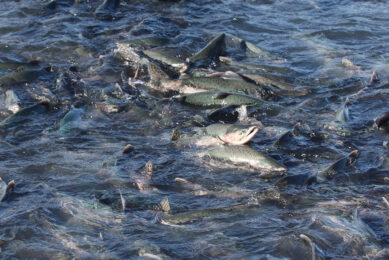
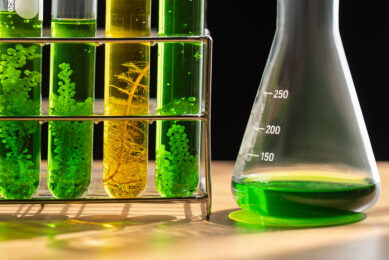
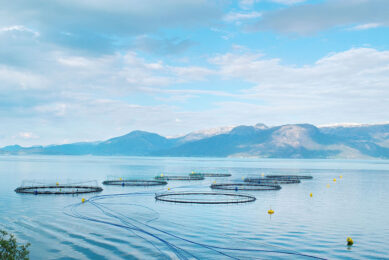
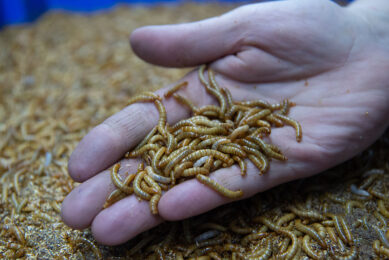




 WP Admin
WP Admin  Bewerk bericht
Bewerk bericht